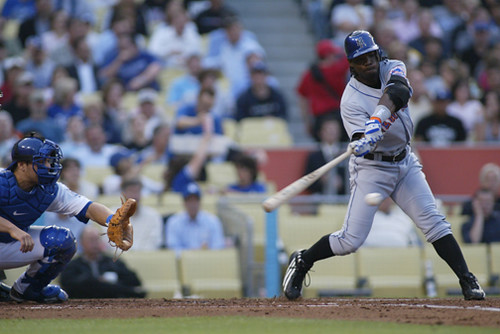Introduction:
Baseball and softball are beloved sports that captivate fans and players alike. Beyond the excitement of the game, these sports offer a multitude of physical and mental benefits. One such advantage is the positive impact they have on coordination skills. The dynamic nature of baseball and softball requires players to develop excellent hand-eye coordination, balance, and spatial awareness. In this article, we will explore how baseball and softball promote coordination and discuss the various advantages they offer.
1. Hand-Eye Coordination:
Baseball and softball demand exceptional hand-eye coordination as players must track the flight of the ball, adjust their stance, and swing the bat accurately. Consistent practice improves the ability to time the ball and make solid contact. The repetitive nature of hitting, throwing, and catching enhances hand-eye coordination, benefiting players of all ages and skill levels.
2. Motor Skills and Reflexes:
Fielding in baseball and softball involves rapid decision-making and quick reflexes. Players must react swiftly to incoming balls, judge their speed and trajectory, and execute precise movements to field or catch them. This constant engagement hones motor skills and reflexes, helping players develop sharper coordination and reaction times.
3. Balance and Body Control:
Both baseball and softball require players to maintain balance and control their bodies during various actions. Pitchers, for example, must exhibit excellent balance while delivering pitches with accuracy. Batters need to generate power from their lower body while maintaining stability. Fielders must position themselves correctly and make agile movements to field ground balls or catch fly balls. These aspects of the game contribute to the development of overall body control and coordination.
4. Spatial Awareness:
Baseball and softball demand a keen sense of spatial awareness. Players need to gauge distances accurately, judge the speed and trajectory of a ball, and make quick decisions on where to throw or hit. This enhances spatial awareness and the ability to react effectively in dynamic game situations. The improved spatial awareness developed through baseball and softball can be transferred to other sports and daily activities.
Conclusion:
Baseball and softball are not just sports; they are exceptional ways to improve coordination skills. The challenging aspects of hand-eye coordination, motor skills, reflexes, balance, body control, and spatial awareness make these sports highly beneficial for players of all ages. Engaging in regular practice and participation in baseball or softball can lead to enhanced coordination, agility, and overall performance on the field and in everyday life. Check out other sports that require exceptional hand-eye coordination.
References:
1. Abernethy, B., & Russell, D. G. (1984). Expert-novice differences in an applied selective attention task. Journal of Sport Psychology, 6(4), 358-373.
2. Chelladurai, P. (1993). Leadership in sports. Sports Science Exchange, 6(2), 1-8.
3. DeRenne, C. (2002). Baseball/Softball. In Motor Learning in Practice (pp. 125-152). Human Kinetics.
4. Shea, J. B., & Morgan, R. L. (1979). Contextual interference effects on the acquisition, retention, and transfer of a motor skill. Journal of Experimental Psychology: Human Learning and Memory, 5(2), 179-187.
5. Vickers, J. N., & Williams, A. M. (2007). Performing under pressure: The effects of physiological arousal, cognitive anxiety, and gaze control in biathlon. Journal of Motor Behavior, 39(5), 381-394.










